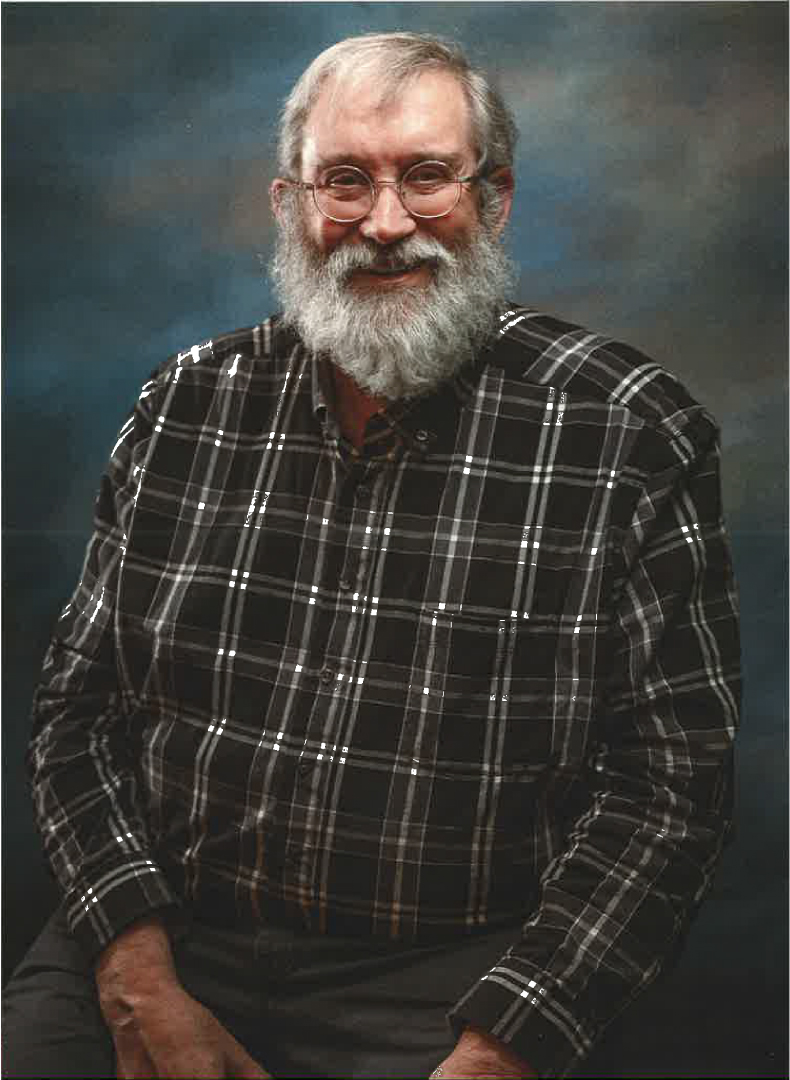Imprivata Humans of Healthcare: Dana Darger, Director of Pharmacy, Rapid City Regional Hospital
Our Humans of Healthcare series aims to spotlight medical professionals—the very foundation of our healthcare system. In it, we’ll share pain points they experience daily, and solutions they’ve implemented to enhance workflows and improve care quality.
A “day in the life”
I love running my pharmacy department because I love taking care of patients. I started as a delivery boy in a pharmacy when I was 15 years old, and this year marks 52 years I’ve been working in pharmacy patient care delivery. I only have one rule for my staff: take care of the patient. I ask my staff to treat their patients the same way they’d want me to treat their loved ones. Providing exceptional care is the priority. We can fix or adjust most things—if the issue is an insurance policy or the price of a drug, we can figure out how to accommodate the patient. I truly believe that if we do the right thing for the patient for the right reasons, the budget will take care of itself.
Building that kind of culture and environment is crucial to me because it forms how our staff treat patients. When I’m training new staff, I always explain that if patients are mean or upset, it’s important to remember that we're meeting these patients when they’re the most scared. We always need to be aware of that and extend empathy; I tell them to imagine if it's somebody they love in that room, try to understand where they're coming from and see what we can do to help. 
Reliable tools to combat drug diversion
Drug diversion is incredibly hard to catch without the proper technology tools, and sadly, it’s a growing challenge. About 10 years ago, I was very impacted by a terribly sad case involving a nurse who I knew had been diverting drugs for years. It was impossible to pin her down because all the evidence was circumstantial. We finally caught her trying to fill a forged prescription for Percocet, and she tragically died a year later from a drug overdose. Every two to four weeks, I go to nursing orientation and tell that story, and every time I tell it, it makes me sad.
After that happened, I started training nurses to recognize the signs of drug diversion. I truly believe if the other nurses had known what to look for, that nurse’s story wouldn’t have ended like that. I needed those signals from the nurses to give me the insight and intelligence that I didn't have based on the data. Before we started using Imprivata tools, it just wasn’t possible to manually dig through all of the data on a consistent basis. Working with the nurses helped, but we needed more advanced technology to systematically track and catch drug diversion.
After, we caught a fentanyl diversion case that was so severe that a DEA agent actually came to the hospital and recommended we implement drug diversion detection software. We were able to successfully make the case that drug diversion detection software was a necessary addition to keep our patients safe. We’ve been up and running with Imprivata for about a year and a half, and it’s made a significant difference in how we can monitor and remediate drug diversion. The integration with the EHR system makes it much much easier for us to take a look at the data and spot anomalies.
Imprivata’s software detects drug diversion faster than we were ever able to manually. Recently, the software flagged a nurse who had only been with us for six weeks. After we investigated based on the software’s alert, he admitted he hadn’t just been diverting drugs from our hospital—he had been diverting drugs from different hospital systems for over a year. Quickly catching and stopping him from diverting means that he can get the help he needs and we can keep our patients safe. Six weeks is a pretty shallow base of data; we would normally need at least three to six months of data to be able to recognize an established pattern of diversion. Even if a nurse had flagged him to me or I noticed a small discrepancy in a manual review, we still would’ve needed to build that case over time. I’m a data nerd: I don’t want to make up a story, I want the data to tell the story. Imprivata’s technology made those connections based on the data; without their drug diversion detection software, we wouldn’t have been able to catch that nurse so quickly. 
The power of secure tech
Technology has always been an important part of successful rural hospital pharmacy care and that became extremely clear to me when I first started designing our central pharmacy distribution model. When I approached the small hospitals in our region about the idea, they said they couldn't afford automation, and I told them, you can't afford not to have automation. These smaller, rural hospital pharmacies had haphazard inventories of medications—too much of this, not enough of that—and no way to quickly refill urgently-needed prescriptions or get rid of excess stock they didn’t need. We bought out their stock of medicine to give them a clean slate, upgraded their systems to link up seamlessly with ours, and fully incorporated their pharmacies into our broader hospital system. We then restocked their pharmacy cabinets with the essentials we knew they needed, and now, we utilize the integration with our main pharmacy to distribute medication stock to them for their patients as needed.
Through our work with these smaller, more isolated healthcare organizations, we've built an amazing central pharmacy distribution model across six different hospitals and around 40 physician clinics. All of the medication for the entire hospital system comes out of our central hospital pharmacy. With this system, we can ensure every patient who comes into our hospitals has the medication they need, when they need it.
The technology that enables our central pharmacy system provides so much more flexibility and financial resilience for smaller hospitals. They have the variety, speed and expertise of a comprehensive pharmacy system without the wasted cost, storage space and manpower. We have one hospital that has no pharmacy at all other than a couple of Omnicells that we refill based on what those patients need. At another hospital, we work remotely with their team to coordinate weekly medication pick-ups from our central pharmacy. Without secure, reliable and accurate technology, this system wouldn’t be possible.
We’re not just providing care through remote order entry though—the furthest hospital in our system is 90 miles away, and we can take care of a patient in that hospital just as well as a patient up on the 10th floor. The Board of Pharmacy in South Dakota has really let my team and I reinvent the way we look at patient care and the way we deliver rural hospital pharmacy healthcare. It's never been about money. It's never been about trying to cut costs. It's always been about trying to improve the way we can take care of patients. 
